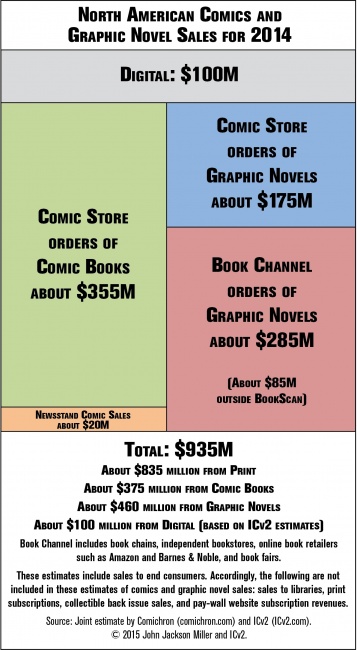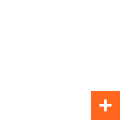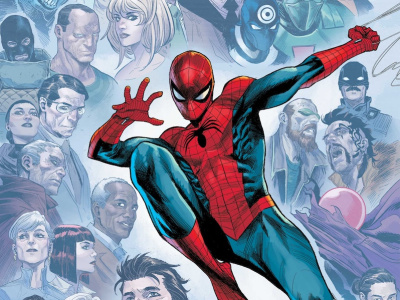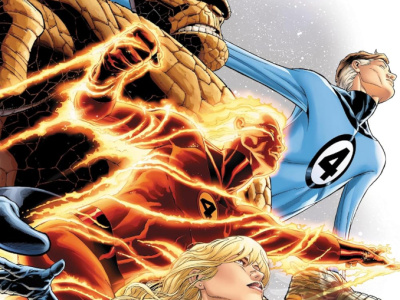Click infographic for larger view.
“It’s a very exciting time in the comics business,” Griepp said. “The broad range of titles being published, the wide variety of places they’re sold, and the great exposure comics are getting from other media are all very positive for the industry.”
“The market’s in great shape,” Miller said. “According to our tracking at Comichron, 2014 was the biggest year for print since 1995, adjusting for inflation; without adjusting for inflation dollar sales hit a mark unseen since 1993. And digital appears to be complementing, rather than cannibalizing, print.”
Increases were spread across all three formats. Print grew $55 million to $835 million in 2014, or around 7% more than the $780 million in print sales in 2013. That growth occurred in every channel and format except newsstand sales of periodical comics, which declined from $25 million to $20 million as Marvel withdrew from the market.
Sales of periodical comics through comic stores grew 4%, from $340 million to $355 million. Sales of graphic novels through comic stores grew at a slightly faster pace, from just under $170 million to just over $175 million.
The book channel (bookstores, online, mass) was where the greatest growth was, with graphic novel sales in the book channel up 16%, from $245 to $285 million.
Download-to-own digital sales reached $100 million in 2014, but the growth rate declined to around an 11% increase over 2013’s $90 million in sales, compared to a 29% growth rate in 2013, according to estimates released yesterday by ICv2 (see "Digital Comics Hit $100 Million").
So despite a slower growth rate in 2014 than in 2013, the signs of strength were broad, across channels and formats, a positive sign for the industry.
As presented above and in the accompanying infographic, the 2014 analysis by ICv2 and Comichron was divided up between periodical comics (what some call “floppies” or “pamphlets”), graphic novels, and digital download-to-own sales. All print figures are calculated based on the full retail price of books sold into the market, and do not account for discounting or markup. Digital sales do not include subscription or “all you can read” services.
This is the second joint market size analysis from ICv2 and Comichron; the first was last year for 2013 sales (with a look back to 2012 and 2011, see "Comics and Graphic Novel Market Reaches $870 Million").
ICv2
ICv2 is the #1 industry source on the business of geek culture, including comics and graphic novels, hobby games, and showbiz on its Website, www.ICv2.com, and in its magazine, Internal Correspondence. For the people on the front lines of the geek culture business, staying ahead of the trends isn't something that can be left to chance-it's a basic necessity for being successful. That's why ICv2 is the #1 source of news and information for the buyers, gatekeepers, and tastemakers on the front lines. ICv2 is where trend-watching is a science.
Comichron
Comichron is the world’s largest public repository of comic-book sales figures, featuring data from the 1930s to today about comic book and graphic novel circulation, cover prices, and market shares on its website, http://www.comichron.com. With data and analysis on the distant past as well as the present, Comichron serves as a trusted resource for academics studying the historical reach of the medium and for collectors seeking accurate information about how many copies of a comic book originally circulated.





 View Gallery: 1 Images
View Gallery: 1 Images 



